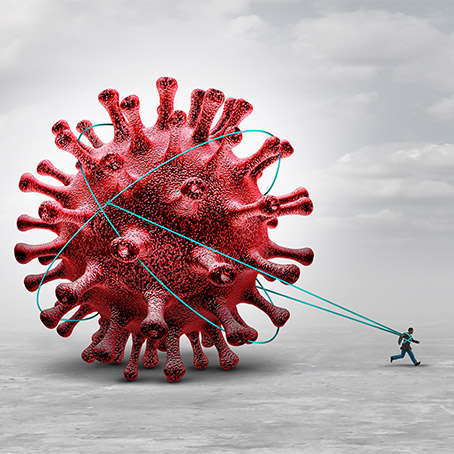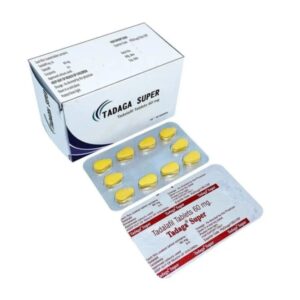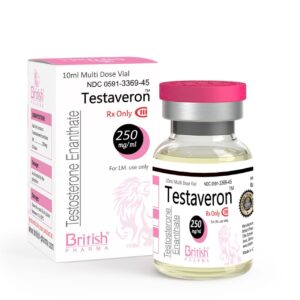Long COVID, a condition where symptoms persist for weeks or months after an initial COVID-19 infection, has been a growing concern worldwide. While adults have been the primary focus of research, increasing evidence suggests that children can also develop long COVID. Recent studies indicate that one potential cause of this condition in children may be reduced blood flow in the lungs, which could lead to prolonged respiratory and systemic complications.
Understanding Long COVID in
Long COVID in children can manifest in various ways, including fatigue, shortness of breath, difficulty concentrating, chest pain, and lingering cough. Unlike adults, who often experience more severe initial infections, many children with long COVID had mild or even asymptomatic cases of COVID-19. Despite this, they continue to suffer from persistent symptoms that affect their daily lives, school performance, and physical activities.
One of the emerging theories behind long COVID in children is related to vascular dysfunction, particularly in the lungs. Researchers have begun to explore how COVID-19 affects the circulatory system and whether reduced blood flow in the lungs contributes to prolonged symptoms.
The Role of Blood Flow in the Lungs
The lungs play a critical role in oxygenating blood and ensuring that oxygen is delivered to tissues throughout the body. Proper circulation within the lungs is essential for efficient gas exchange, which allows the body to function optimally. However, COVID-19 has been known to cause inflammation and damage to blood vessels, potentially leading to impaired blood flow in the lungs.
Recent studies suggest that children with long COVID may experience persistent vascular abnormalities, including narrowed or dysfunctional pulmonary blood vessels. When blood flow in the lungs is reduced, oxygen delivery to the body can become compromised, leading to symptoms such as fatigue, breathlessness, and difficulty concentrating. This may explain why many children with long COVID struggle with everyday activities despite normal oxygen saturation levels in routine tests.
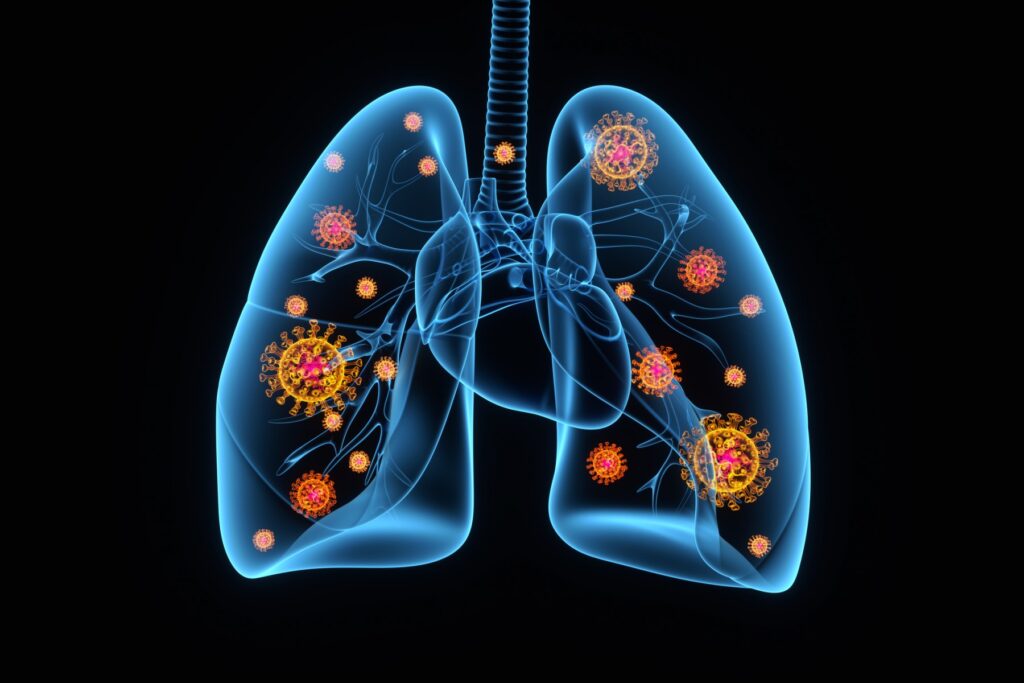
How COVID-19 Affects the Vascular System
COVID-19 is not just a respiratory disease—it has significant effects on the vascular system. The virus can damage endothelial cells, which line the blood vessels, causing inflammation and microclots that disrupt normal blood circulation. In the lungs, this damage can lead to impaired pulmonary circulation, making it difficult for oxygenated blood to reach the body’s organs and tissues efficiently.
In some children, this vascular dysfunction may persist even after the virus is no longer detectable in their system. The ongoing inflammation and disruption in blood flow could contribute to prolonged symptoms seen in long COVID cases.
Implications for Diagnosis and Treatment
If reduced lung blood flow is a contributing factor to long COVID in children, it could lead to new approaches for diagnosis and treatment. Current diagnostic methods, such as pulse oximetry, may not fully capture underlying circulatory issues. More advanced imaging techniques, such as MRI scans or specialized blood flow tests, may be needed to assess lung circulation in affected children.
In terms of treatment, therapies that improve vascular health and blood flow might be beneficial. Some potential approaches include:
- Anti-inflammatory Medications – Reducing inflammation in blood vessels may help restore normal circulation in the lungs.
- Oxygen Therapy – Supplemental oxygen or hyperbaric oxygen therapy could improve oxygen delivery in children with significant impairment.
- Physical Rehabilitation – Gradual exercise programs may help improve cardiovascular function and circulation over time.
- Diet and Lifestyle Changes – Antioxidant-rich diets, hydration, and proper nutrition could support vascular repair and overall recovery.
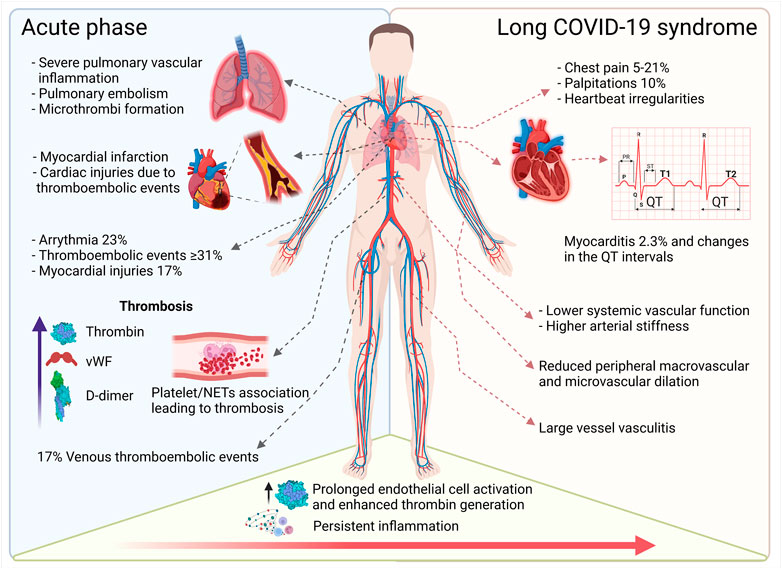
Future Research and Considerations
While early findings suggest a link between reduced lung blood flow and childhood long COVID, more research is needed to confirm these theories and develop targeted treatments. Large-scale studies and clinical trials will be essential in understanding the full impact of vascular changes in children with long COVID.
Additionally, awareness among healthcare professionals and parents is crucial. Many children suffering from long COVID may not have visible symptoms or may struggle to articulate their discomfort. Ensuring timely evaluation and intervention could significantly improve their quality of life and long-term health outcomes.
Conclusion
The potential link between lower blood flow in the lungs and childhood long COVID presents a new avenue for understanding and managing this condition. As research continues, identifying effective ways to restore proper lung circulation may help alleviate persistent symptoms and improve recovery for affected children. Addressing vascular health as part of long COVID treatment could lead to better diagnostic tools and more effective therapeutic strategies in the future.
Our Products
-
Tadaga Super 60mg
$2.00 / Per Pill
-
Lovegra 100mg
$1.50 / Per Pill
-
Testosterone Enanthate
$240.00 / Per 10ml


